What can students expect from a student centered blended learning course?
What does a student centered blended learning class look like?
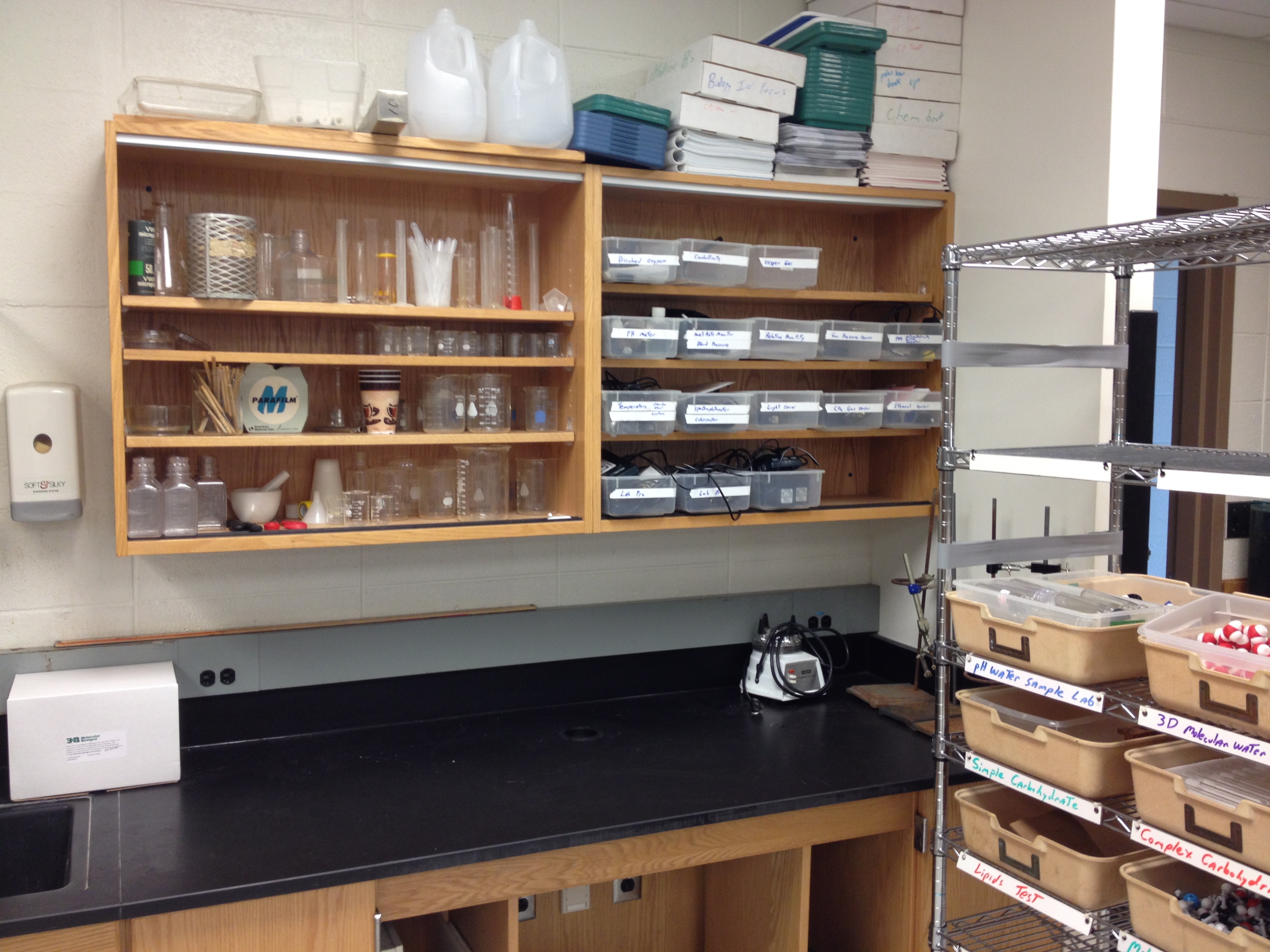 |
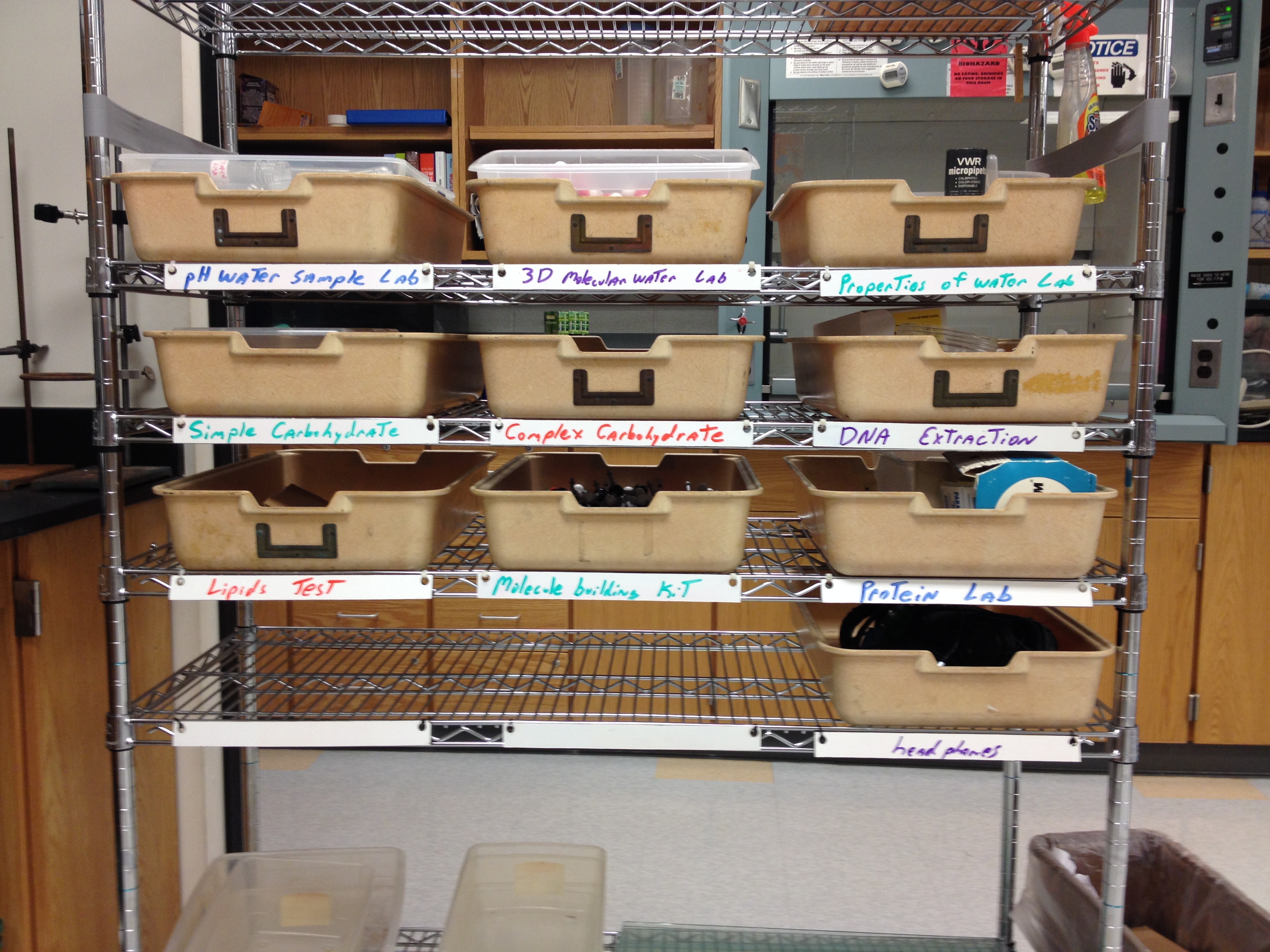 |
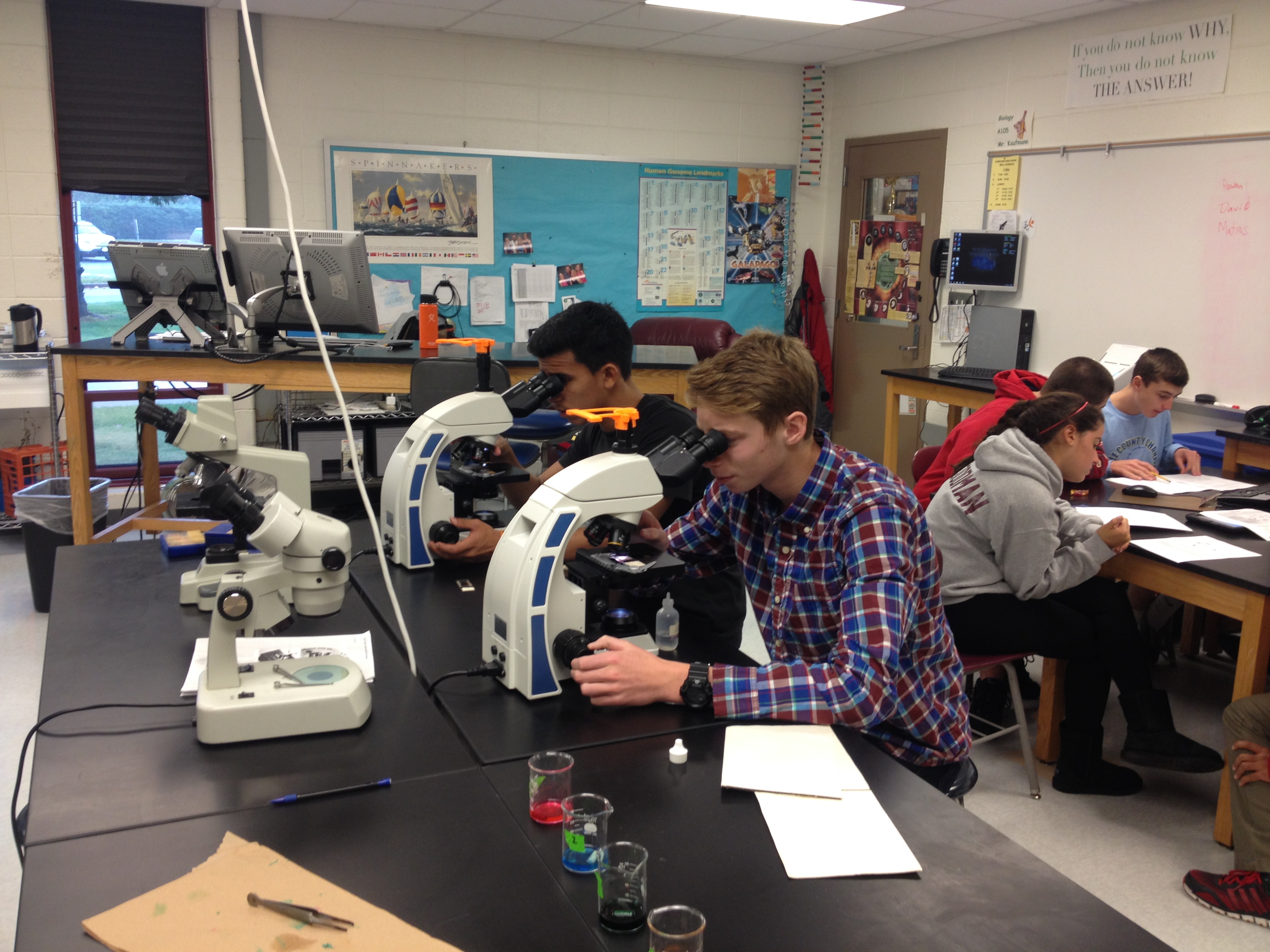 |
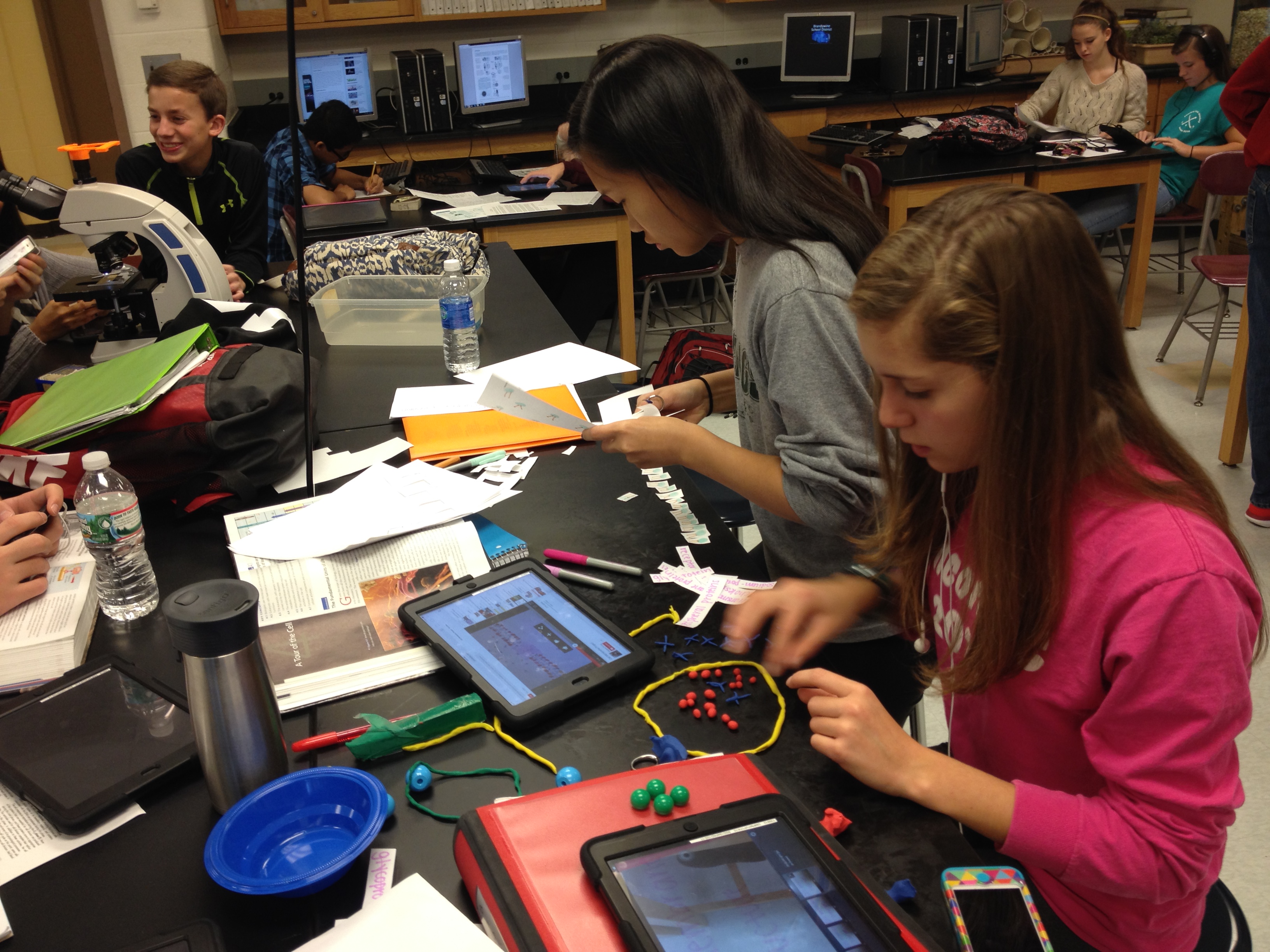 |
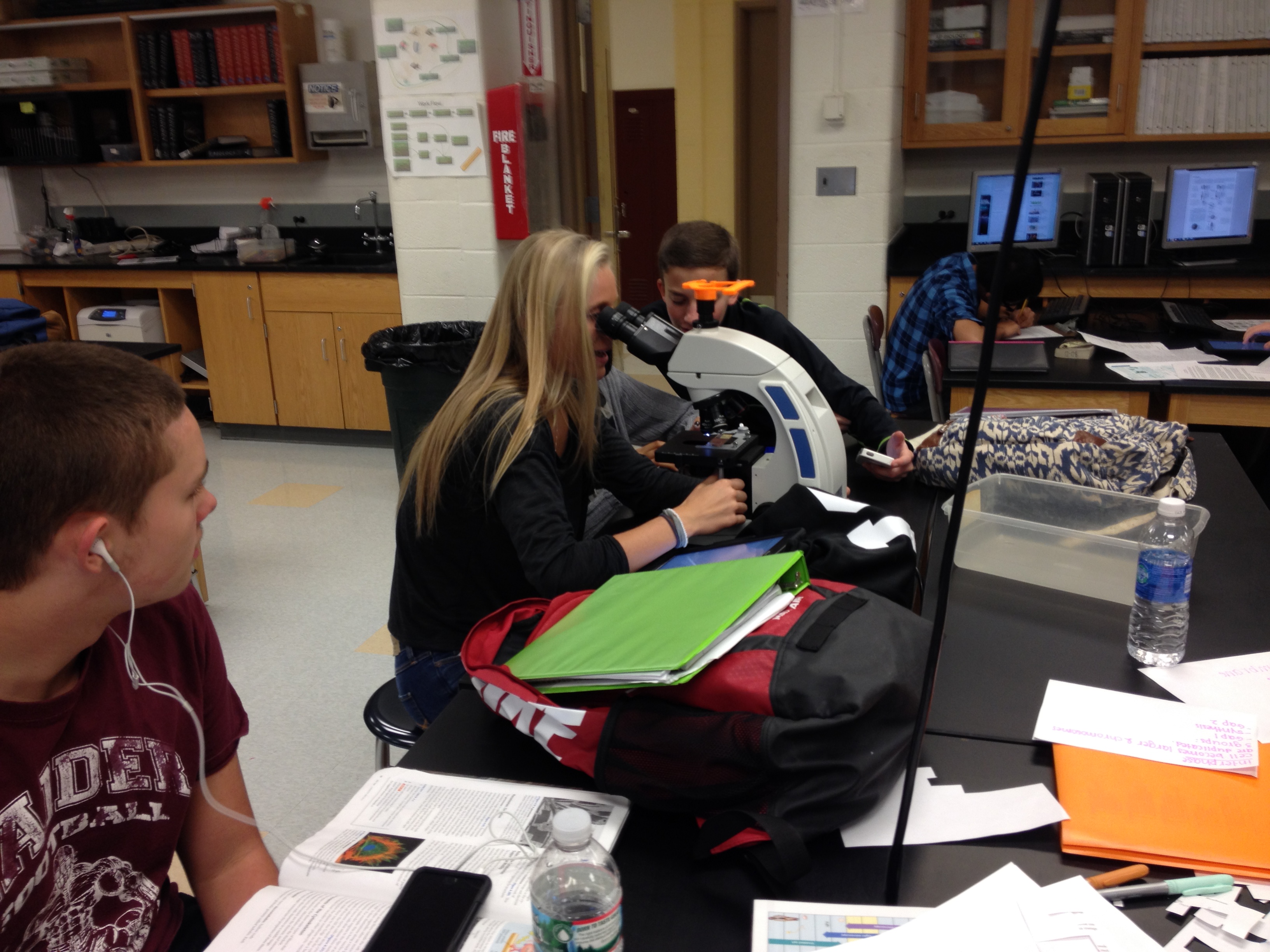 |
|
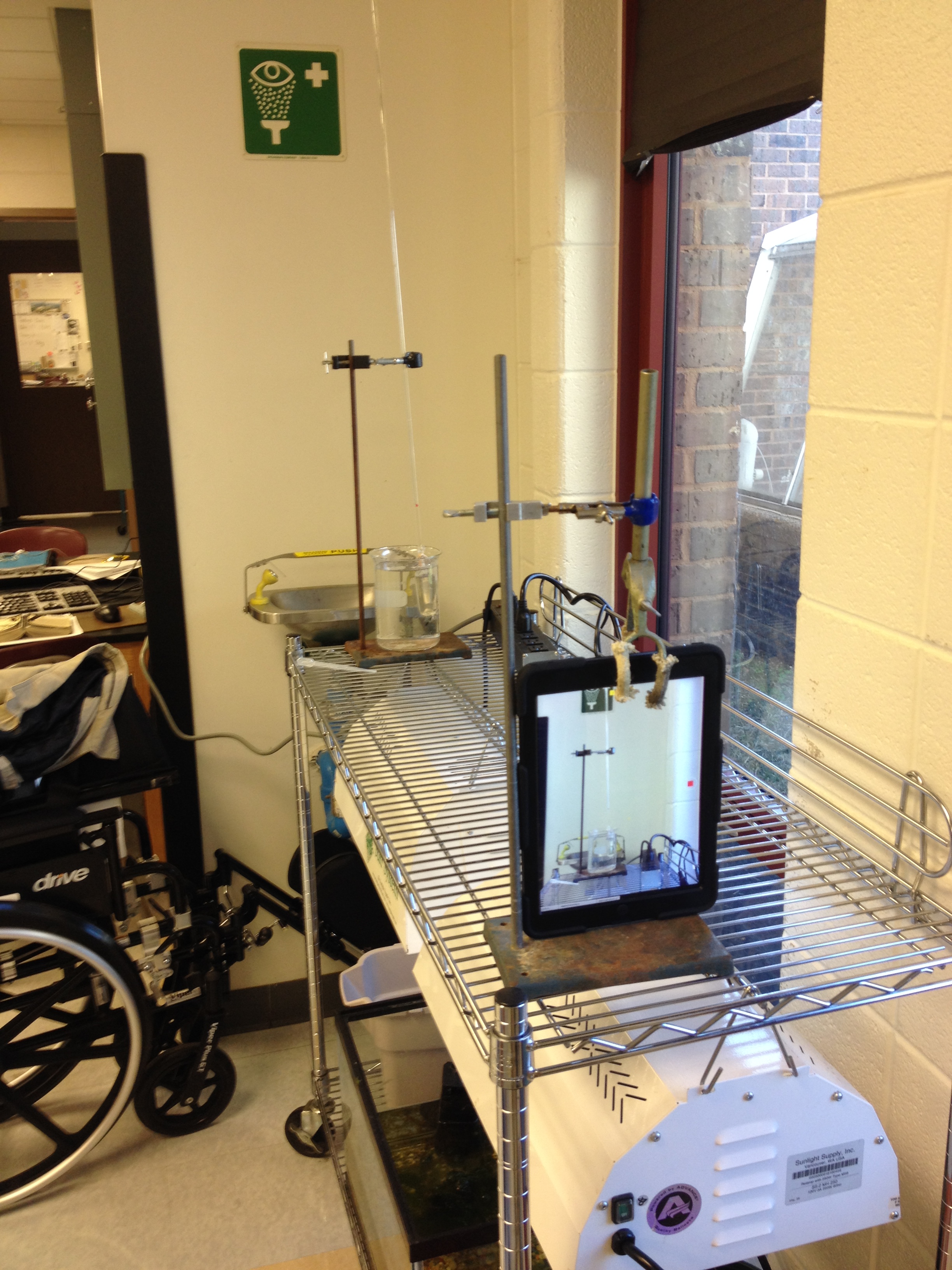 |
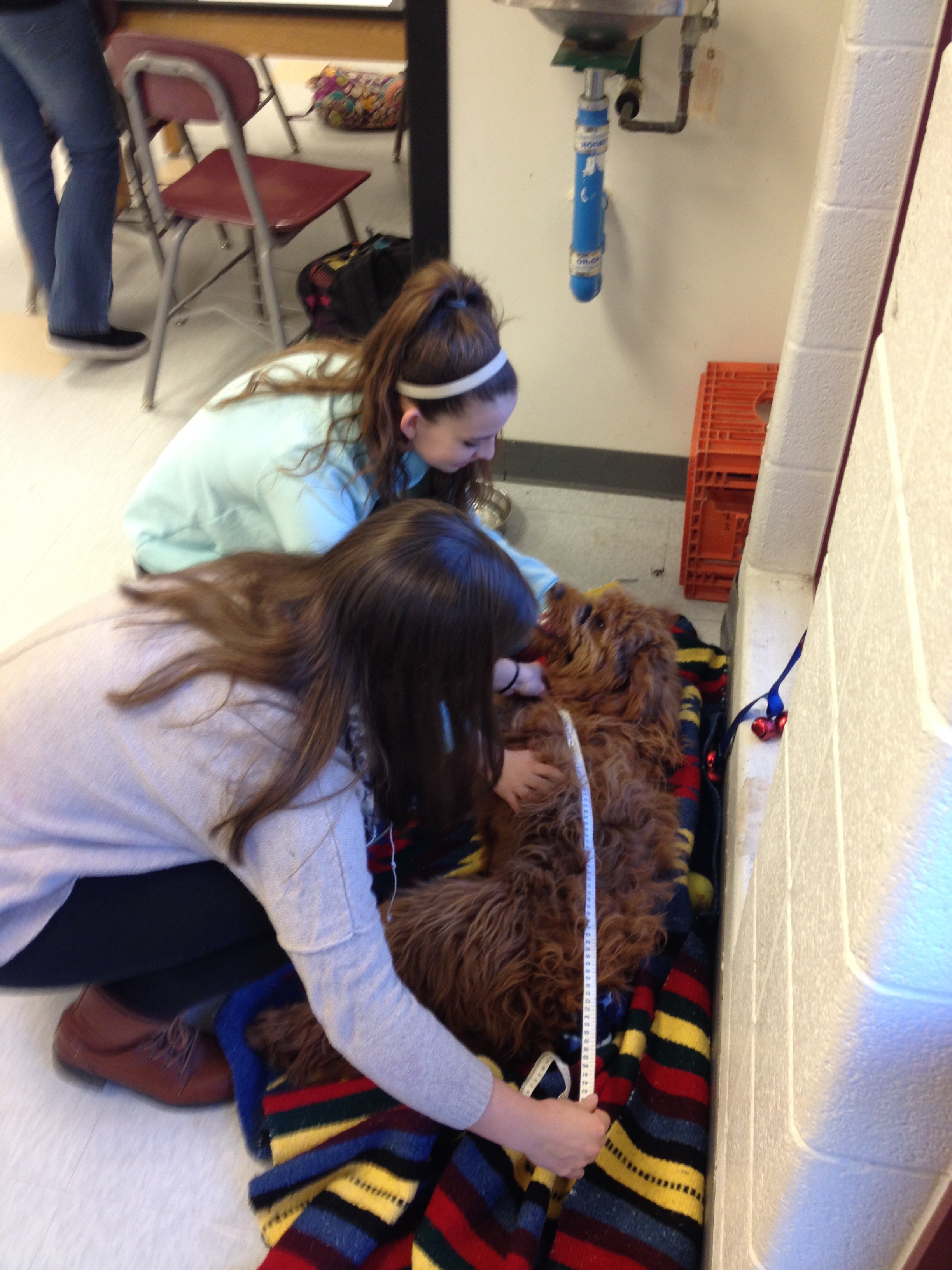 |
The blended learning environment is designed to promote personalized and cooperative learning, interest-based inquiry, problem or issue-specific curriculum, and teacher as mentor and facilitator. Compared to a traditional face-to-face model, the blended setting allows for greater student control of the learning experience through pacing and differentiated experiences while providing necessary teacher support and guidance on a student-by-student basis. The course is managed online, utilizing a website that provides a highly organized course structure, which is easy for students to navigate. Each unit is broken down into lessons that contain multiple resources and practice assignments, which students may complete. To help students stay on track, checkmarks are shown on all completed assignments. Although the course is organized on the website, all the activities and assignments are designed to be completed in class with the help of the instructor.
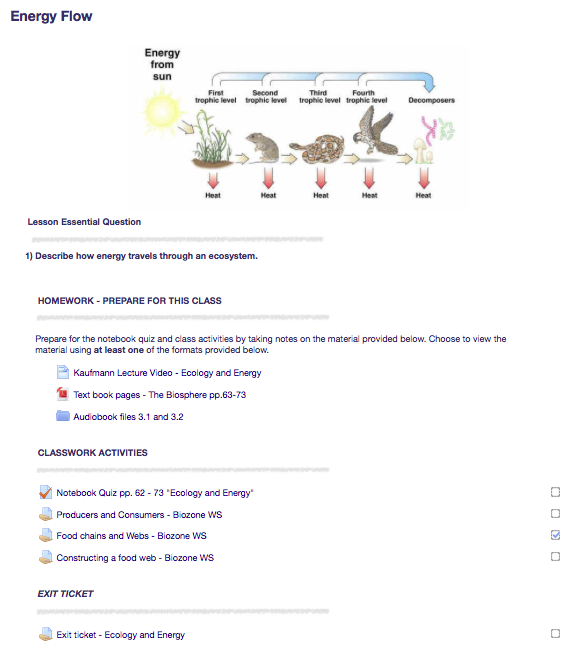
In the blended learning environment, students receive immediate feedback from the instructor when they finish activities in class, before submitting their work online. This approach allows students to make corrections to their work and receive individualized instruction before submitting their work for full credit. It's worth noting that students are never penalized for mistakes made on practice work, as learning from our mistakes is an essential part of the learning process. By providing immediate feedback, students are better able to understand where they need to improve and can work on those areas to achieve mastery of the subject matter.
This science course emphasizes hands-on learning, with students performing a large number of science labs and activities throughout the year. Some examples of activities that students participate in include microscopic observations, creating stop-motion videos, animal and plant dissections, testing for organic molecules, population studies, and computer simulations. These activities promote active learning and provide students with a deeper understanding of the subject matter. By engaging with the material in a hands-on way, students are better able to retain information and apply it in real-world scenarios.
This course integrates technology in various forms to provide an engaging and interactive learning experience for students. Students will learn how to use the available technology resources to create interactive presentations and make time-lapse, slow-motion, and stop-motion videos that demonstrate course concepts. This approach allows students to express their understanding of the subject matter in creative and innovative ways, while also developing essential technology skills that are relevant in today's world. By utilizing technology in this way, students can become more active participants in their own learning and develop a deeper understanding of the course material.